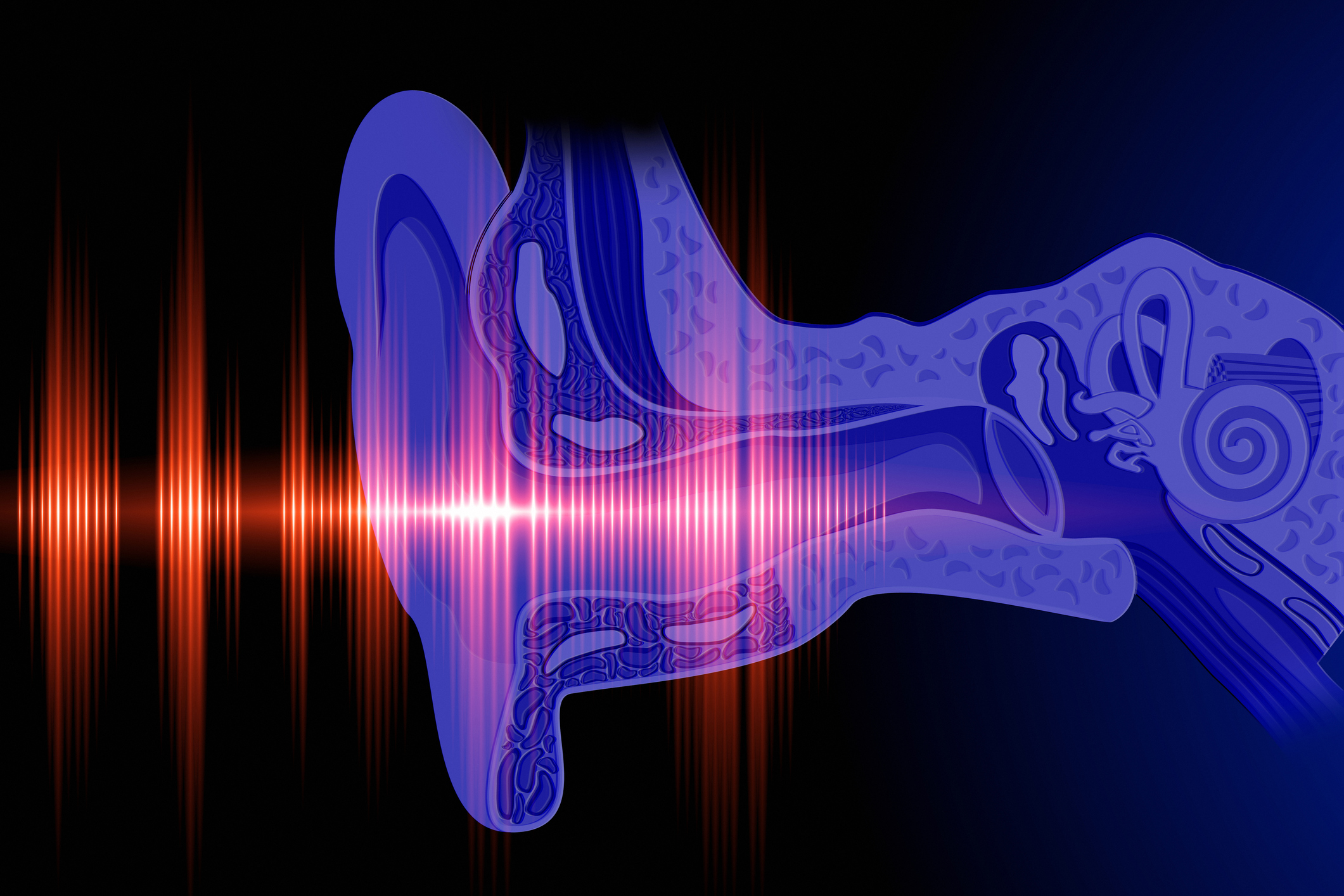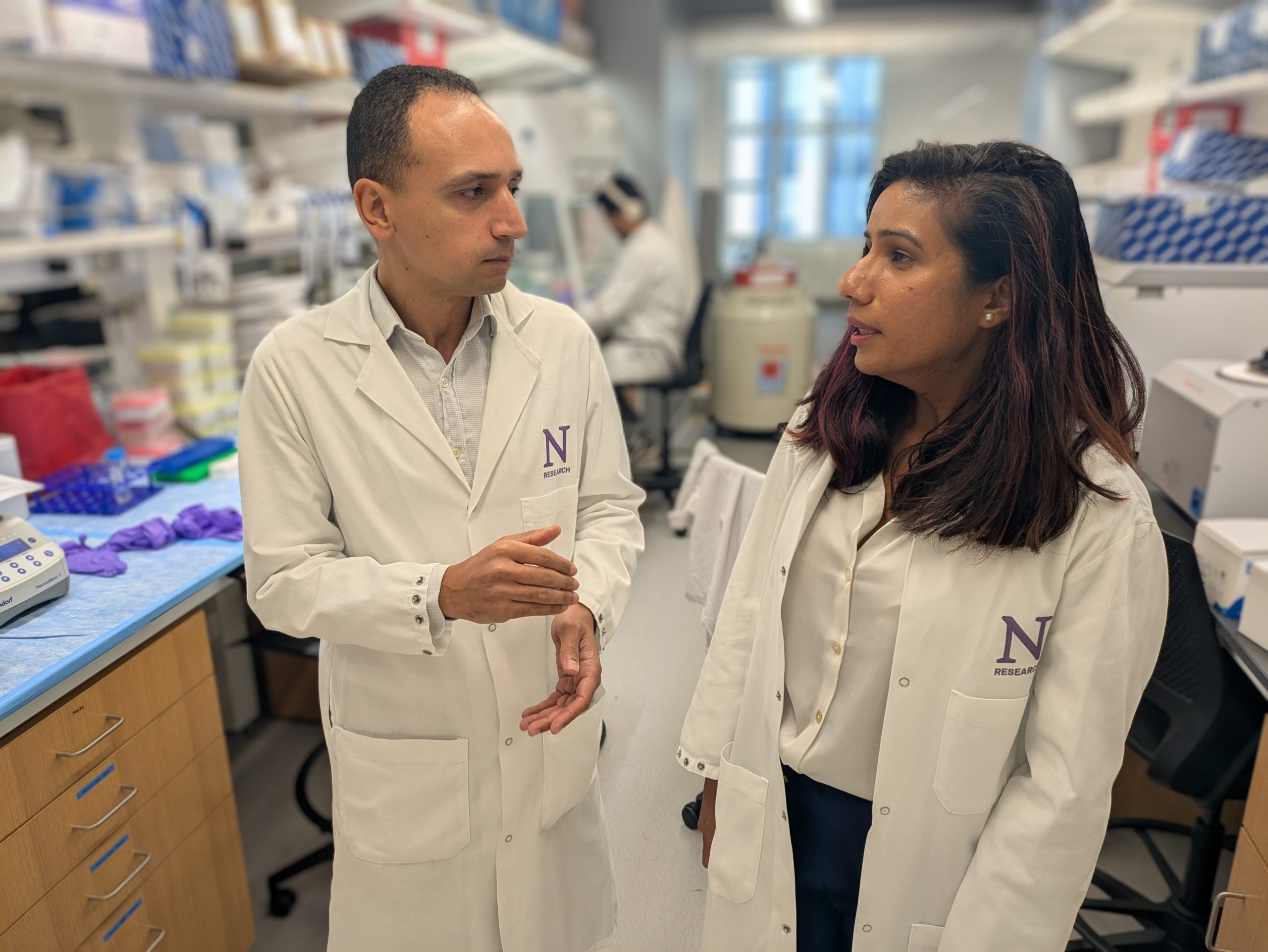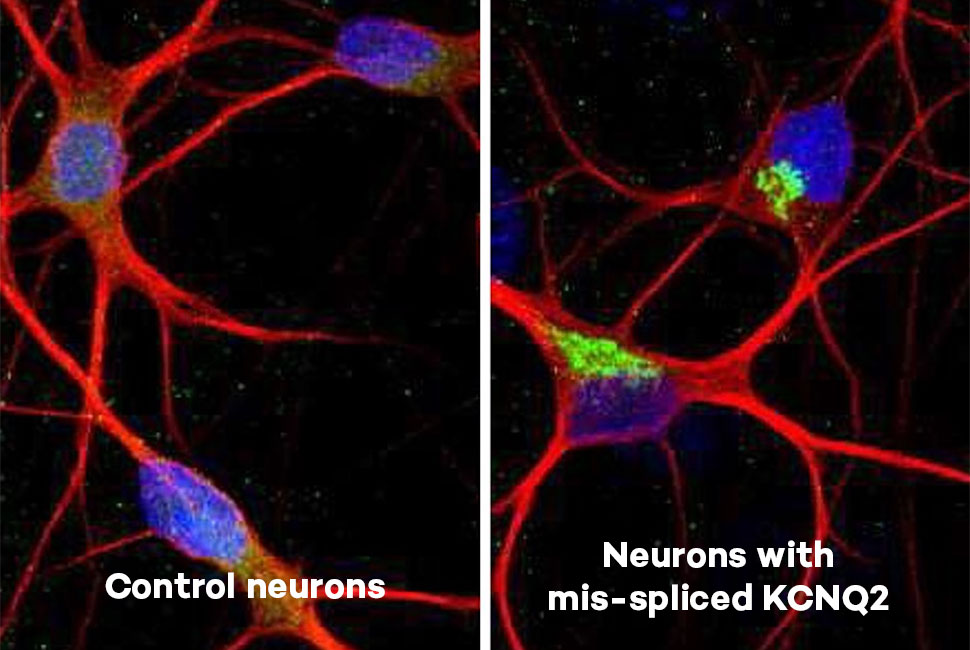
Northwestern Medicine investigators have discovered the epigenetic mechanisms involved in the regulation of multiple oncogenes in glioma cells, mechanisms that promote overall glioma tumor growth and resistance to therapy, according to a study published in the journal Clinical Cancer Research.
The study, conducted by the laboratory of Adam Sonabend, MD, associate professor of Neurological Surgery, may lead to personalized treatments for these cancers, which are the most common type of primary brain tumors in adults and are virtually incurable.
What differentiates gliomas from other cancers are the precise epigenetic mechanisms involved in the transcriptional regulation of different tumor phenotypes, but these processes have remained poorly understood particularly for most cases of these tumors in adults, according to Sonabend.
Previous work has suggested topoisomerase IIB (TOP2B), an enzyme known to de-coil chromatin structure, is overexpressed in a small subset of glioma tumors. This enzyme de-coils DNA by cutting it, allowing it to unwind, and then pasting the DNA back directly after this relaxation process. According to Sonabend, the current study suggests that this process facilitates the interaction between distant areas of genome, creating long loops necessary for turning on oncogenes.
“If you consider how TOP2B is expressed in a subset of these tumors, in the subset of the tumors where TOP2B is elevated, it might be regulating specific genes by messing up with the structure of the chromatin. So, we were really interested in learning what exactly are the sites where TOP2B is actively cutting DNA, and not just bound to it,” Sonabend said.
For the current study, Sonabend and his team led by Edgar Gonzalez Buendía, PhD, a postdoctoral fellow in the Sonabend laboratory, utilized complimentary genetic sequencing techniques to analyze glioma cell lines and human glioma specimens to identify where TOP2B was located in the genome and where it was cutting DNA.
Subsequently, the team performed additional sequencing, gene silencing and mouse xenograft experiments to study glioma cells injected with the chemotherapy drug etoposide, which allows TOP2B to “cut” DNA but not “paste” it back into the genome.
Comparing the injected cells to the control cells, the investigators discovered TOP2B in the enhancers and promoters of two well-established oncogenes commonly found in gliomas: PDGFRA and MYC. Additionally, they found TOP2B both in the introns and overall body of these oncogenes, demonstrating TOP2B’s multiple roles in the transcriptional regulation of oncogenes expressed in these cancers.
The findings may be the first step for a novel personalized medicine approach for patients who would most benefit from TOP2B-inhibiting drugs by identifying which oncogenes they express, according to Sonabend.
“The next step is precisely that, to begin to understand whether we can predict which patients will benefit from TOP2B inhibitors,” Sonabend said.
Co-authors included Lu Wang, PhD, assistant professor of Biochemistry and Molecular Genetics; Subhas Mukherjee, PhD, research assistant professor of Pathology in the Division of Research; Catalina Lee Chang, PhD, research assistant professor of Neurological Surgery; Craig M Horbinski, MD, PhD, director of Neuropathology in the Department of Pathology; C David James, PhD, Professor Emeritus of Neurological Surgery; Daniel Brat, MD, PhD, the Magerstadt Professor of Pathology and chair of the Department of Pathology; Atique U Ahmed, PhD, associate professor of Neurological Surgery; and Ali Shilatifard, PhD, the Robert Francis Furchgott Professor and chair of the Department of Biochemistry and Molecular Genetics.
Wang, Mukherjee, Lee Chang, Horbinski, Brat, Ahmed, Shilatifard and Sonabend are members of the Robert H. Lurie Comprehensive Cancer Center of Northwestern University. Sonabend is also a member of the Lou and Jean Malnati Brain Tumor Institute of the Lurie Cancer Center.
This work was supported by 5DP5OD021356-05, the P50CA221747 SPORE for Translational Approaches to Brain Cancer, developmental funds from the Robert H. Lurie NCI Cancer Center Support Grant P30CA060553 and the CONACyT Postdoctoral fellowship CVU207989.






